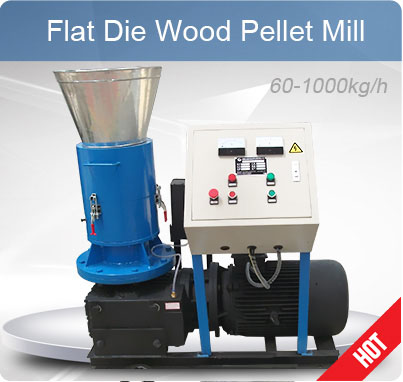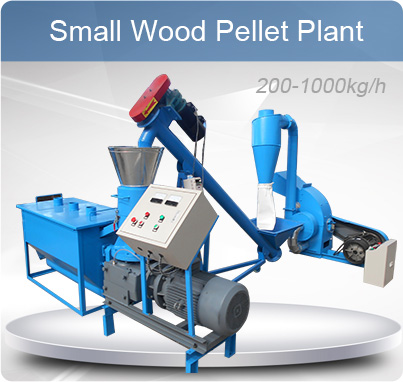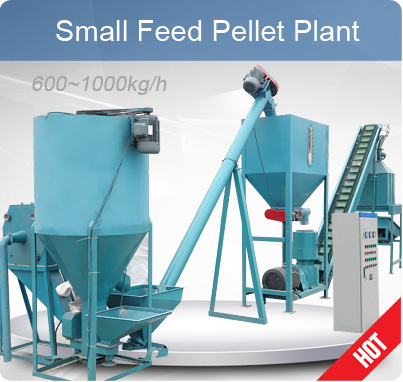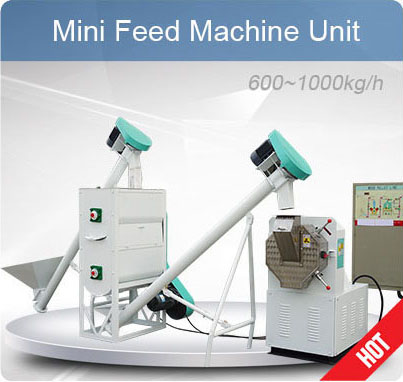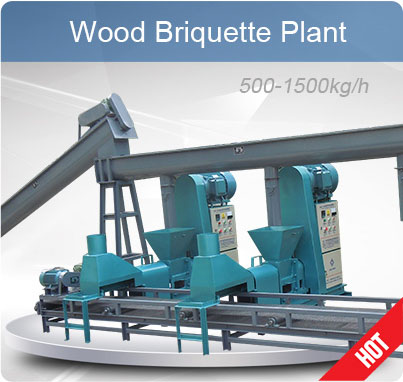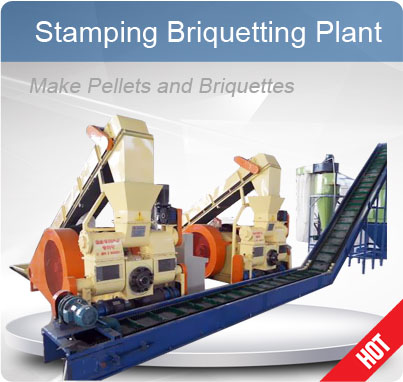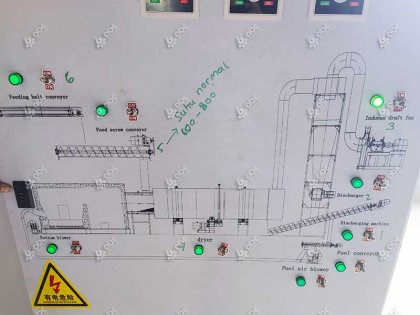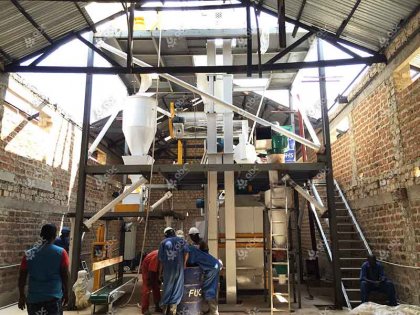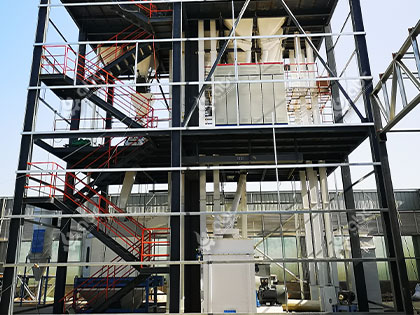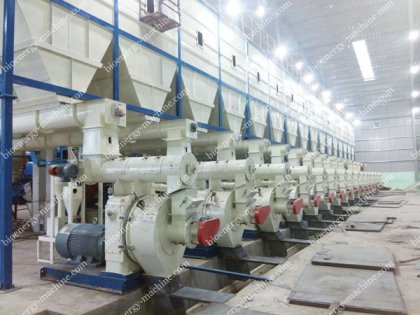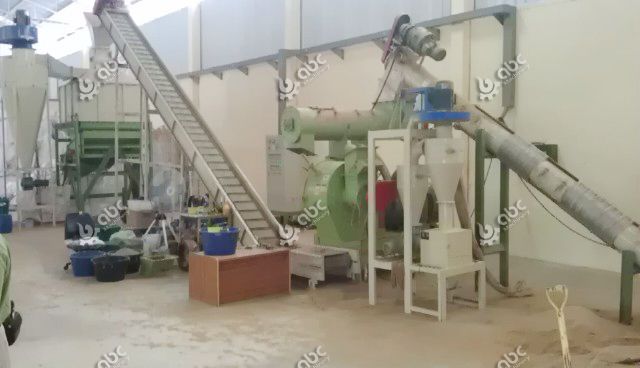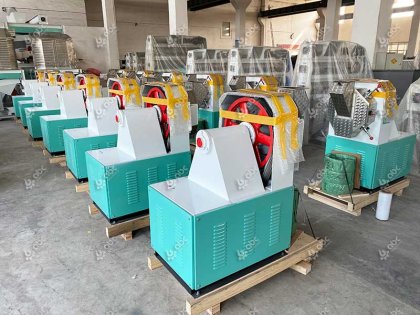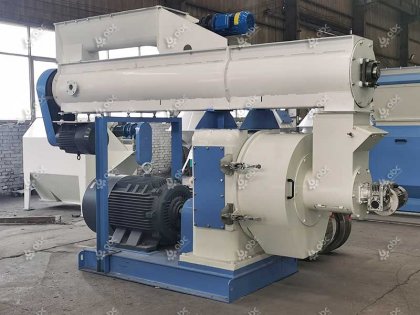The RDF (Refuse-Derived Fuel) market plays a pivotal role in the waste-to-energy (WTE) industry by converting non-recyclable solid waste into usable fuel. RDF production addresses two major global challenges: waste management and energy demand. As waste generation accelerates and sustainable energy alternatives are sought, RDF emerges as a practical solution.
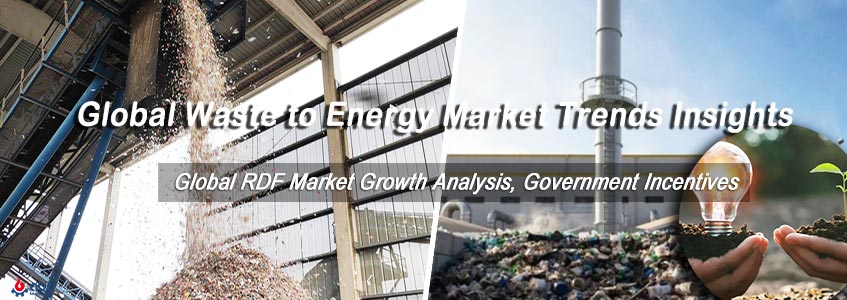
Global Waste to Energy Market Trends and Strategic Insights
Want to explore how RDF market can elevate your waste-to-energy strategy? Contact ABC Machinery today for tailored guidance and solutions designed around your specific production goals.
Global RDF Fuel Market Overview
Key market drivers include:
- Government policies: Supporting landfill diversion and cleaner energy initiatives.
- Technological advancements: Innovations in waste classification and energy recovery boost RDF performance.
- Circular economy strategies: Elevating waste to resource conversion through RDF utilization.
Looking to stay ahead in the evolving RDF fuel market? Contact ABC Machinery for expert advice and a free consultation on optimizing your waste-to-energy strategy.
RDF Fuel Applications in Waste to Energy Projects
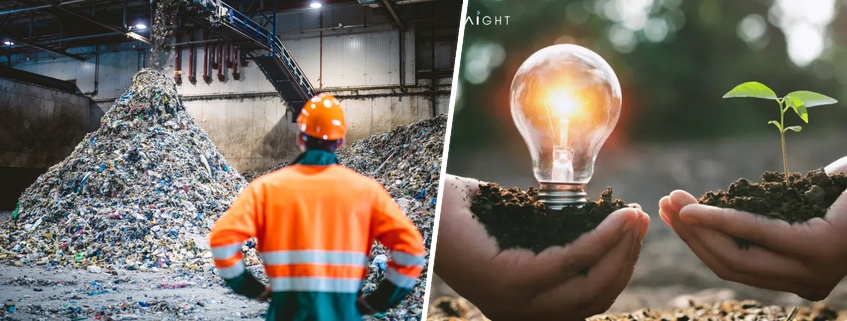
RDF Processing Equipment for Green Waste-to-Energy Applications
RDF fuel is made from pre-sorted municipal solid waste (MSW) or industrial waste. Recyclable combustibles—such as textiles, waste paper, wood and organic composites—are shredded, dried, and either pelletized or compacted into dense fuel forms. The RDF is then combusted in energy recovery systems to produce heat and electricity.
RDF is compatible with a variety of energy systems, such as incinerators and gasifiers. In Germany, a waste-to-energy plant using RDF fuel achieved 82% energy recovery efficiency through optimized combustion technology and pretreated fuel input.
Key Technology Requirements for RDF Applications:
- 1.Advanced combustion systems: For high thermal efficiency and low emissions.
- 2.Robust preprocessing equipment: Including shredders, iron removers, and moisture reducers.
- 3.Flexible energy recovery infrastructure: Boilers, turbines, and heat exchangers optimized for RDF properties.
| Process Stage | Key Equipment | Typical Output Size | Power Requirement (kW) |
|---|---|---|---|
| Primary Shredding | Textile Crusher | <100 mm | 90-160 |
| Metal Separation | Magnetic Separator | -- | 5-10 |
| Secondary Shredding | Rotary Shear | <30 mm | 110-200 |
| Compacting | Hydraulic Baler | Block (300x300x500 mm) | 45-75 |
| Pelletizing | Pellet Mill | 6-12 mm | 132-250 |
Choosing the Right Equipment and Technology for Optimizing RDF Project Returns
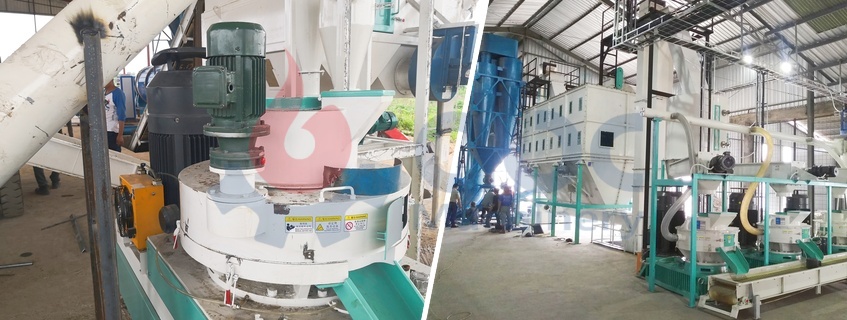
RDF Pellets Making Machines for Successful Projects
Efficient RDF production depends heavily on choosing the right equipment tailored to the waste input and desired output. RDF systems typically include two-stage crushing (primary and secondary), magnetic separation, moisture control (if required), and either baling or pelletizing. Equipment selection should consider feedstock variability, throughput capacity, and final fuel requirements.
Large-scale RDF facilities benefit from high-capacity rotary shredders and automated pelletizing lines with integrated iron removal and cooling systems. Smaller operations may opt for modular equipment—allowing step-by-step upgrades without large capital outlays.
Key Considerations for Equipment Selection:
- Energy efficiency: Opt for machines with lower operational energy consumption.
- Durability and maintenance: Choose rugged equipment with minimal service needs.
- Output consistency: Ensure particle size and moisture meet end-user specifications.
Want to optimize your RDF production line with cost-effective equipment? Reach out to ABC Machinery to get a personalized equipment proposal and start boosting your energy output today.
Trends and Future Outlook: Technological Innovation and Market Potential for RDF Fuel
The RDF industry is poised for continued evolution, driven by automation, digitization, and environmental regulation. Key innovations include AI-powered waste sorting that improves material separation accuracy, and advanced thermal processes such as pyrolysis and gasification that enable cleaner, more efficient energy conversion.
As sustainability targets tighten worldwide, emerging markets are increasingly investing in RDF infrastructure to manage growing waste streams while generating alternative fuels. Developed nations are upgrading existing plants to improve processing precision and environmental performance.
Future trends in RDF fuel technology include:
- 1.AI-driven sorting systems: Enhancing efficiency in material classification and contaminant removal.
- 2.Low-emission conversion technologies: Such as staged combustion and oxygen-enriched gasification.
- 3.Integrated RDF logistics: Digital platforms managing production, storage, and delivery to WTE plants.
Looking to future-proof your RDF project with the latest technologies? Contact ABC Machinery today for access to tailored solutions, real-time demos, and cost breakdowns from our technical experts.




